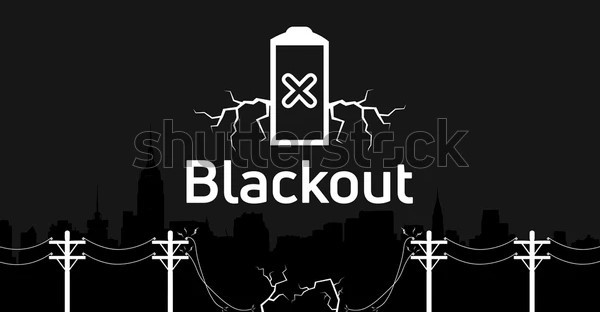
Pre outage Conditions and Symptoms of Blackouts!!!
Blackout often occur in stressed electrical power systems with low operational margins. Those systems need to adopt to changes in the use of electrical energy. For example, grid was not originally designed for deregulated markets, that included transferring large amounts of electrical power across the interconnections. Since both the grid and operators were not able to manage fast developing disturbances, the result was a global increase in major blackouts. As of now power industry is addressing the decarbonization needs with large integration of renewable generation and electrification and since the system is significantly affected by weather disruptions. It is necessary to cater these rapid changes, transmission and distribution needs to review and remodel if required. So, a major focus needs to be put on managing, planning and designing the grid to address various operational scenarios for blackout prevention and restoration to secure reliable and resilient power delivery.
Generally, disturbance propagation involves a combination of several phenomena:
Equipment tripping due to faults and overloads:
These events may cause other equipment to get overloaded and a protection system on adjacent equipment to operate unexpectedly, creating a cascading event contributing to large scale outages.
Power System islanding and frequency instability:
The power system splits, forming electrically isolated islands with an imbalance between generation and load, causing the frequency to deviate from the nominal value. This frequency deviation can lead to additional equipment tripping, particularly generators which are not allowed to operate under a frequency deviating from the nominal for an extended period of time, depending on the level of frequency deviation. Islanded systems are particularly sensitive to frequency instability due to generation outages.
Loss of Synchronous operation among generators:
Examples include the following:
Transient angle and out of step instability (first swing).
Small signal instability causing self-exciting inter area oscillations if not damped.
Voltage Instability/Collapse:
These problems usually occur when the power transfer is increased, resulting the in inadequate voltage support. This is often a result of not installing needed transmission lines and voltage support devices when generation resources are far away from load centers. Voltage stability could be classified as short term transient and long term.
The key to making the grid more resilient is to effectively address preconditions that cause grid stress, such as the following:
A congested grid with tight margins, including non-optimal planning of DER's storage and electrification and not addressing issues such as system inertia and fault current levels.
Human error including lack of training, operational execution and so on.
Inability of operators to prevent the further propagation of disturbances and problems with emergency management system(EMS)/supervisory control data acquisition(SCADA) system to provide important information when required.
Substation and protection system design and incorrect operation.
Inadequate voltage/reactive power support where and when needed.
Uncoordinated energy resource and T&D planning and operations.
Inadequate equipment maintenance.
Lack of more advanced accurate lon term weather forecasts.
Lack of visibility of the level of DER's and their response to system perturbations and an insufficient ability to provide appropriate control and protection functions.
Lack of coordinated response among control areas if each region focuses on its own system and intertie separations are not preplanned for severe emergencies.
Reducing disturbance propagation and enabling faster restoration require the deployment of monitoring, control and protection devices; software tools; telecommunication infrastructure; and hands on life cycle training that help improve the management of the operational aspects of the grid. Automated actions are generally the most effective means to stabilize the system.
Power distribution expert, Project management trainer
10moVery good explanation Atiq ur Rehman